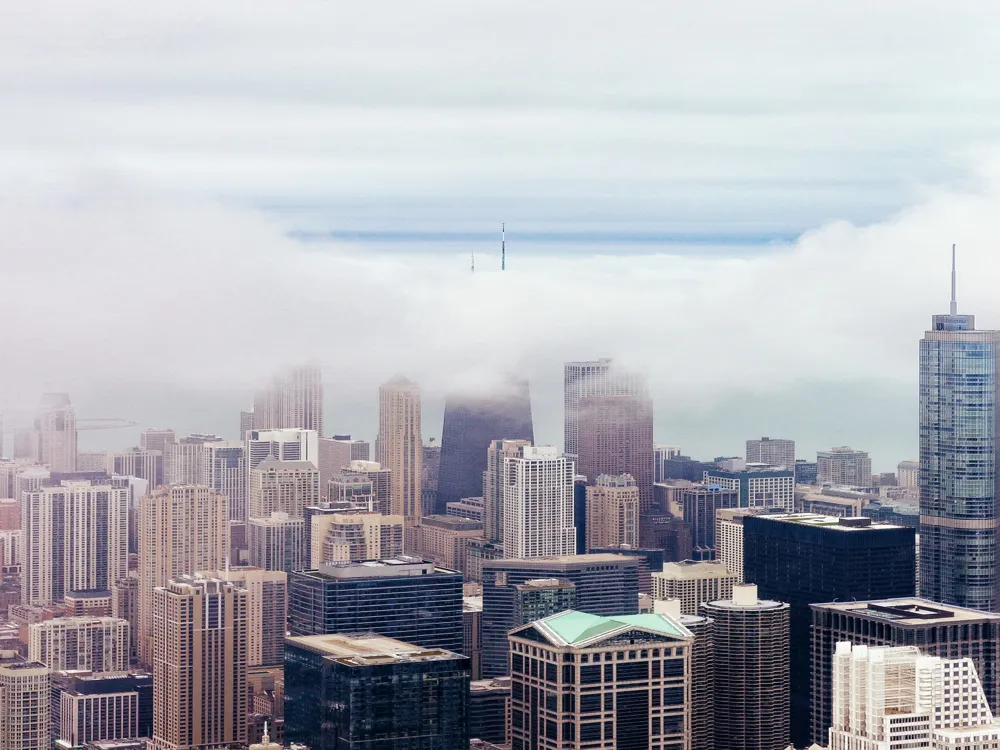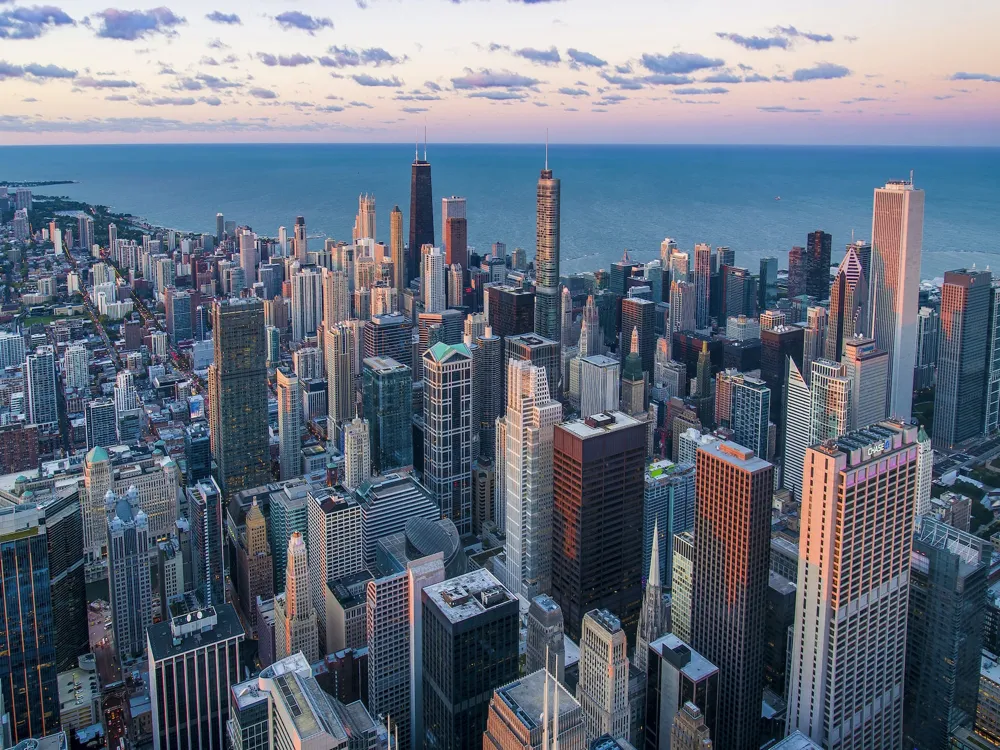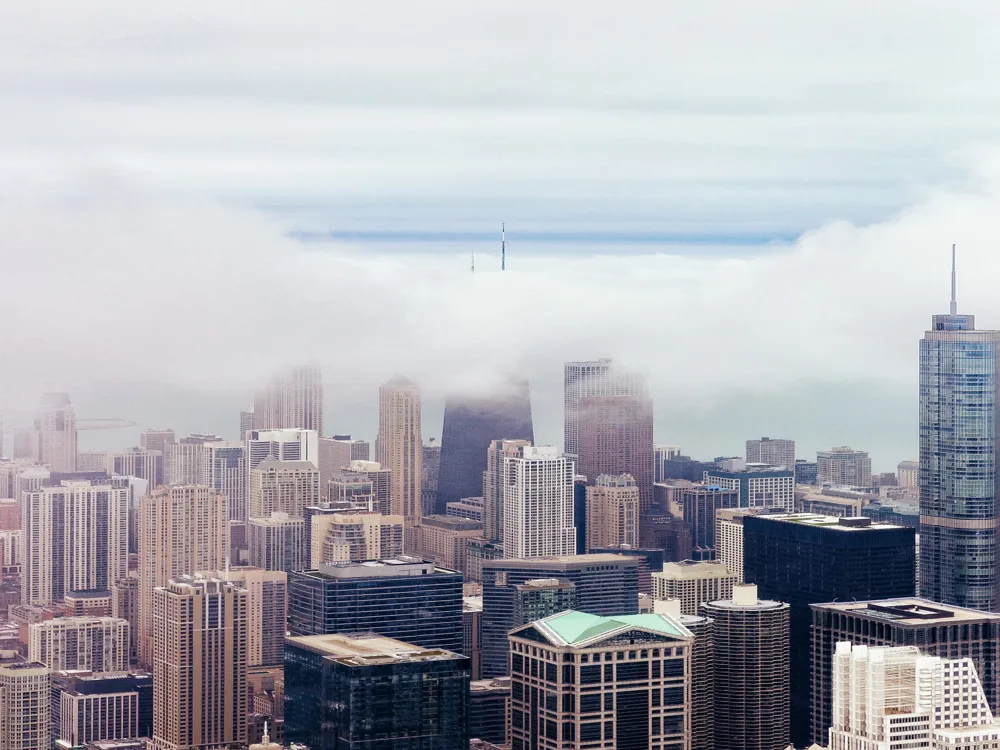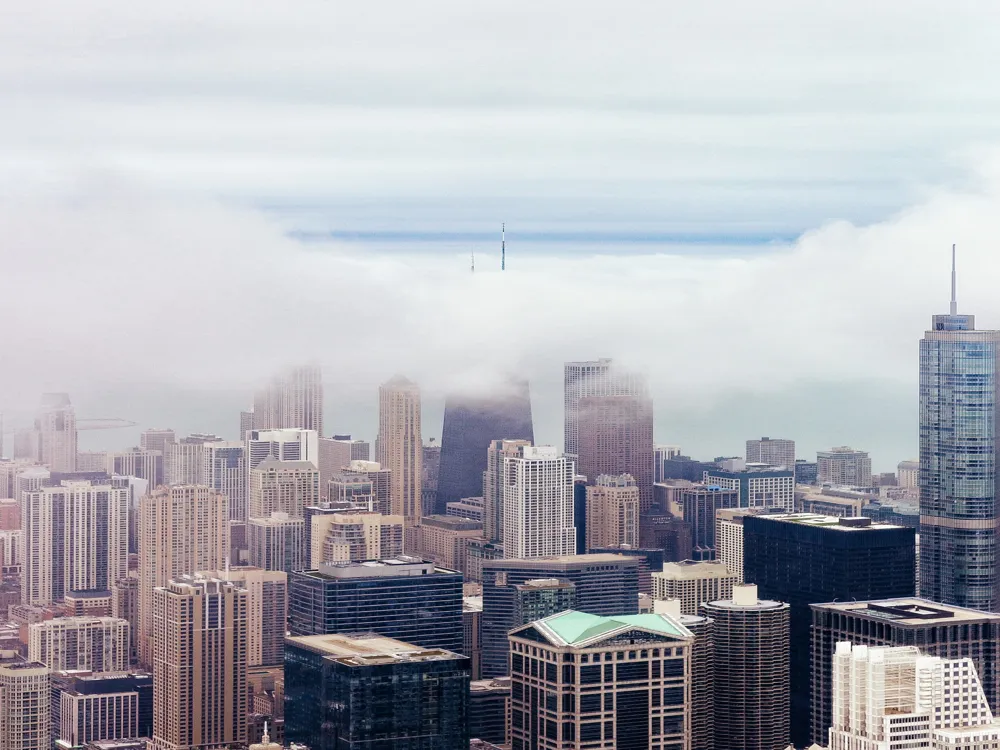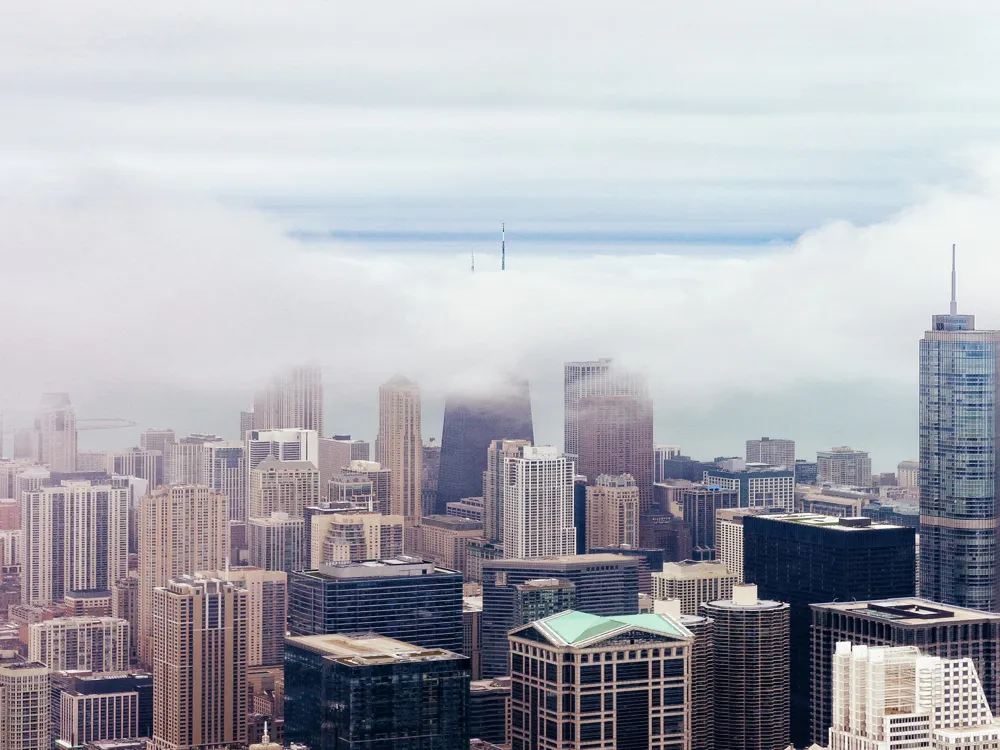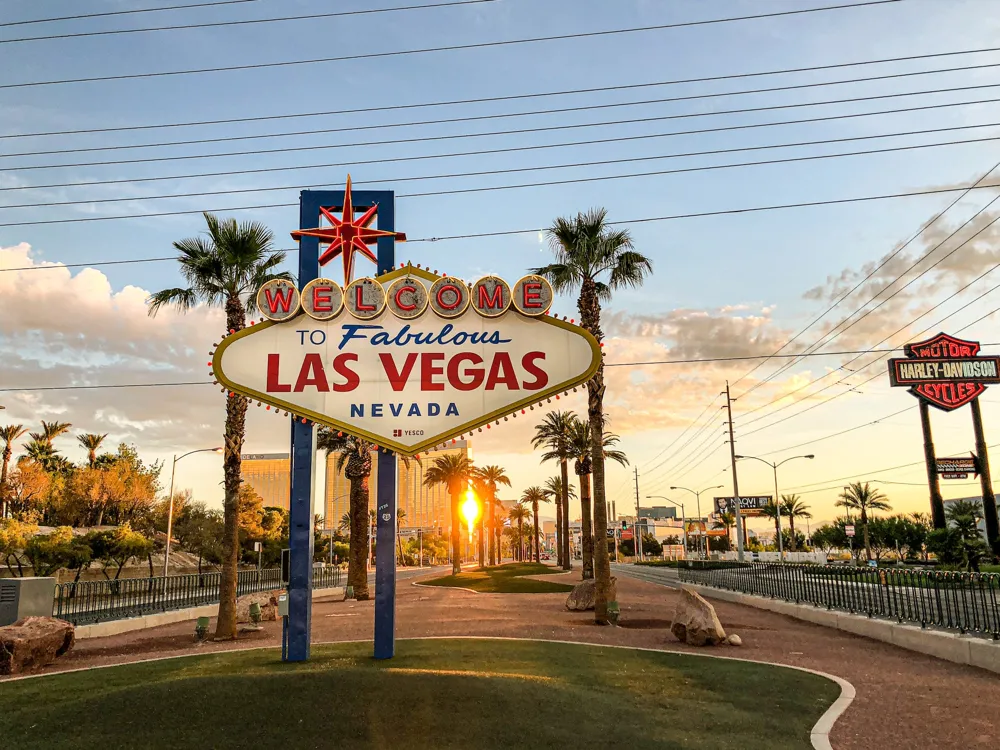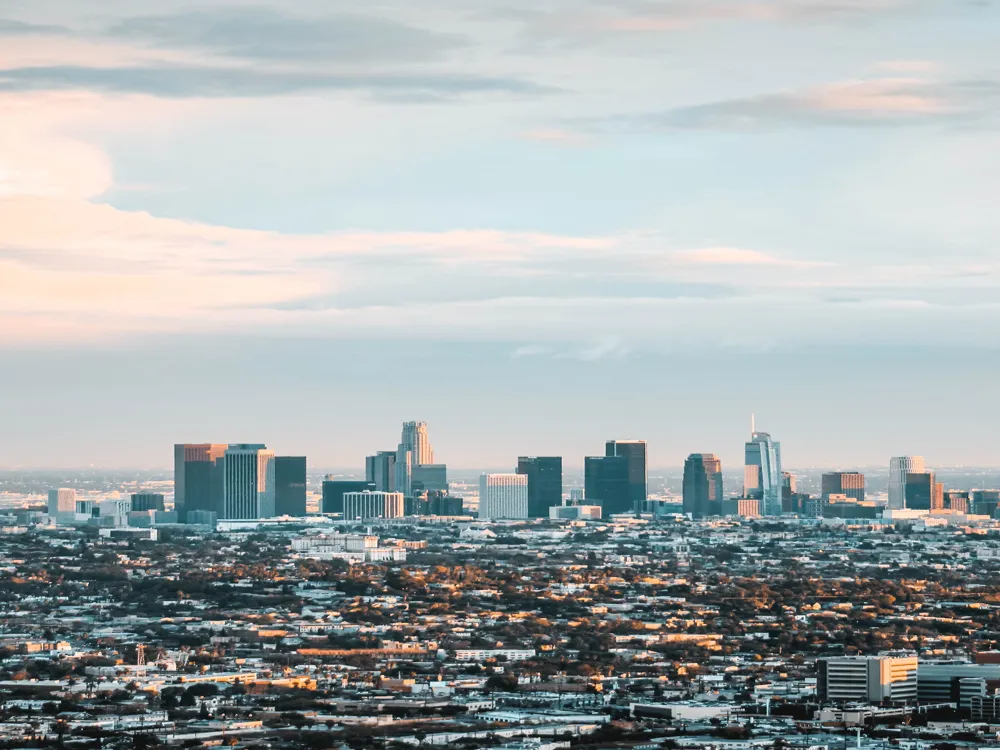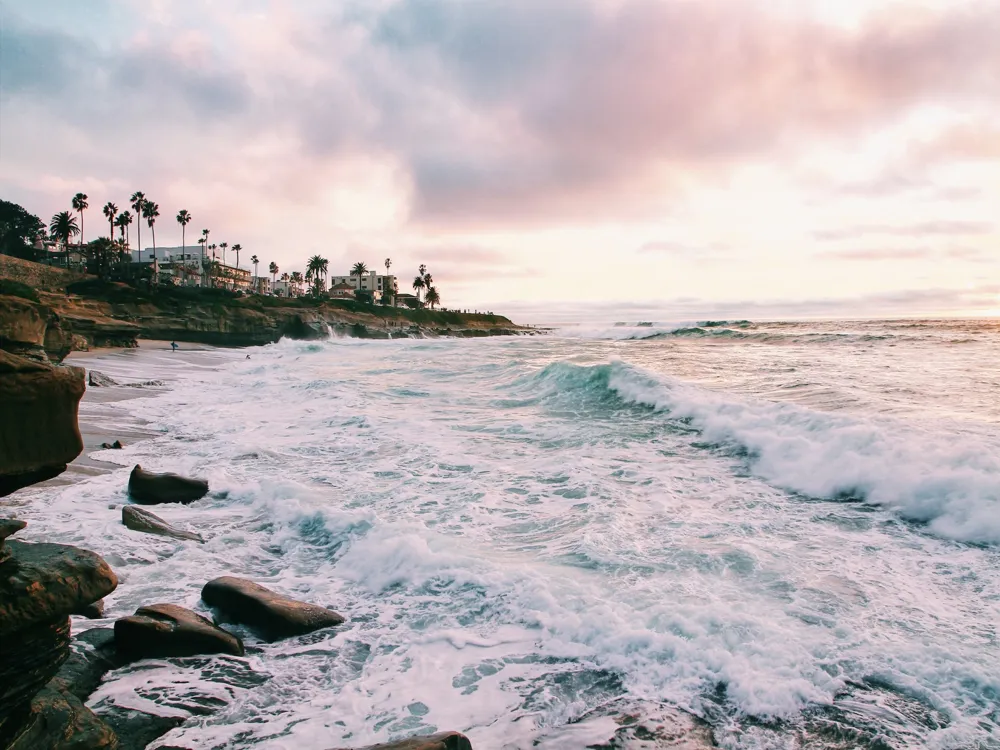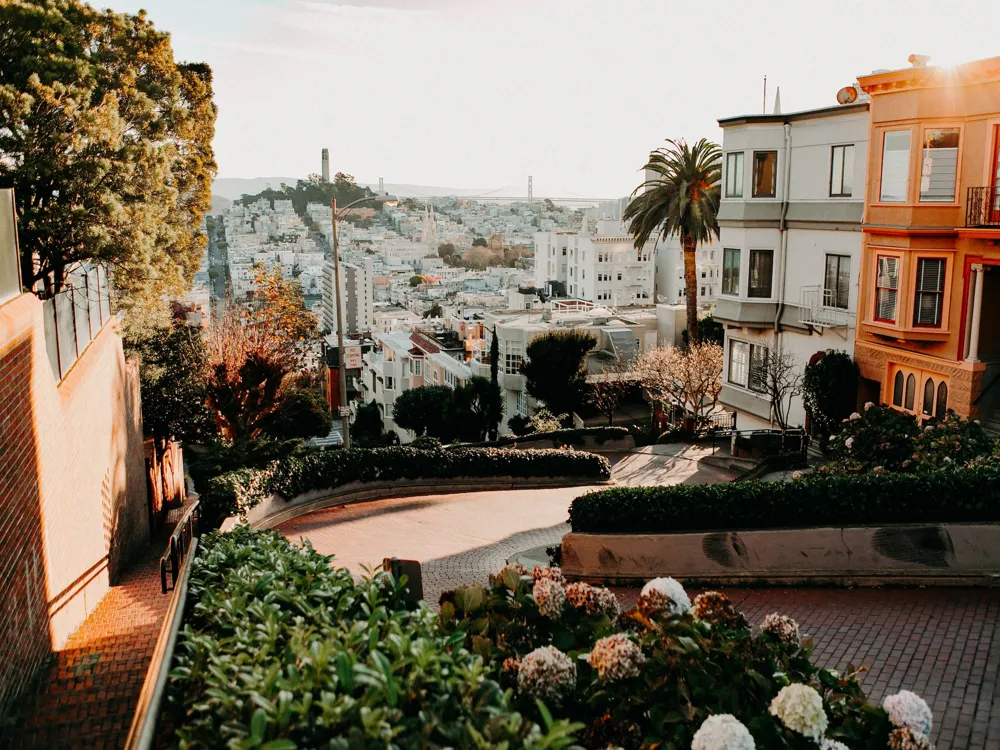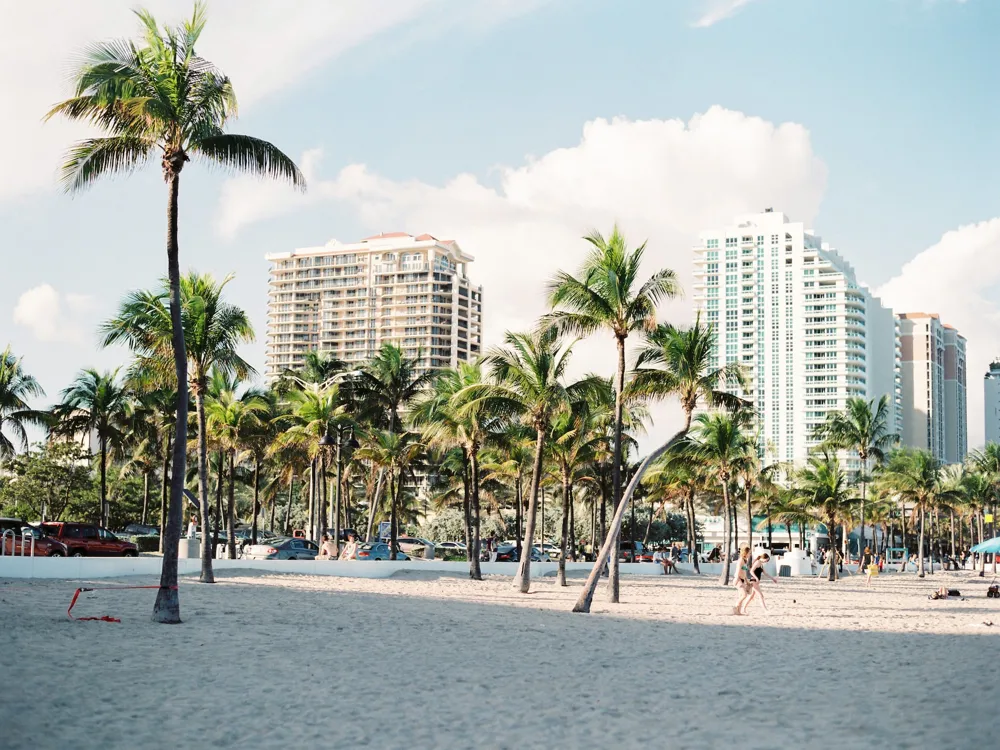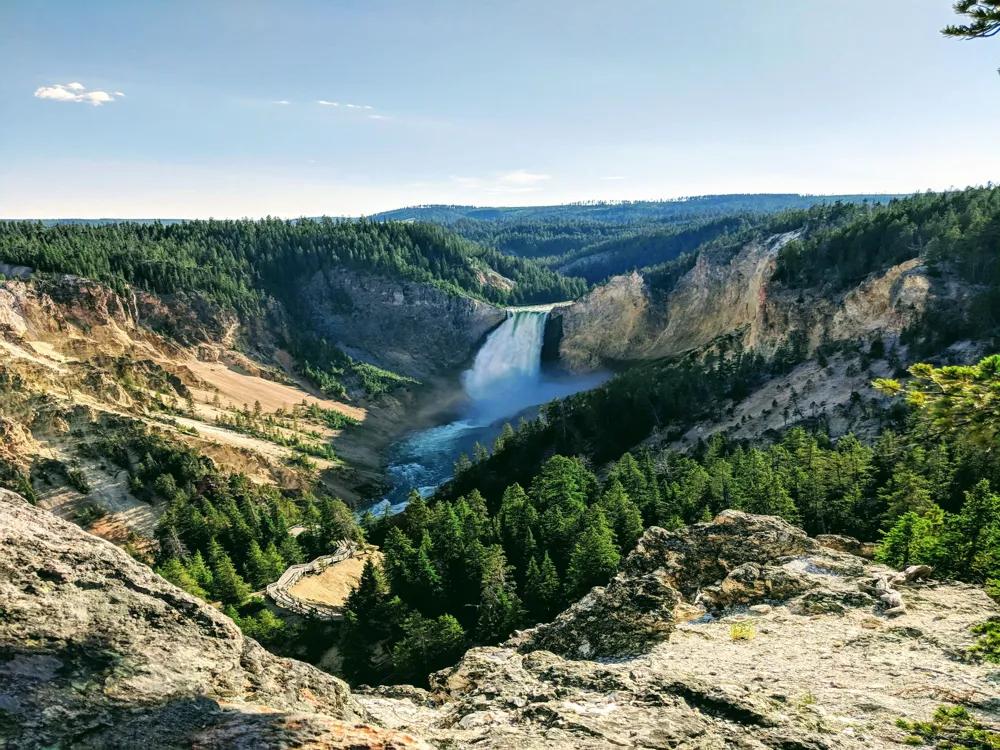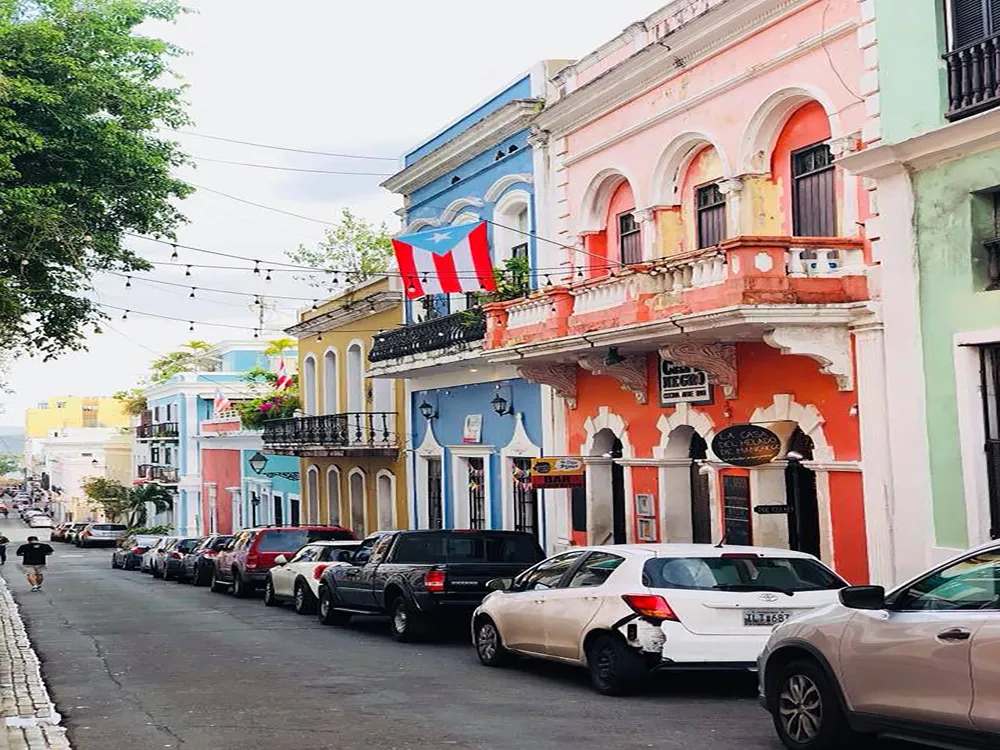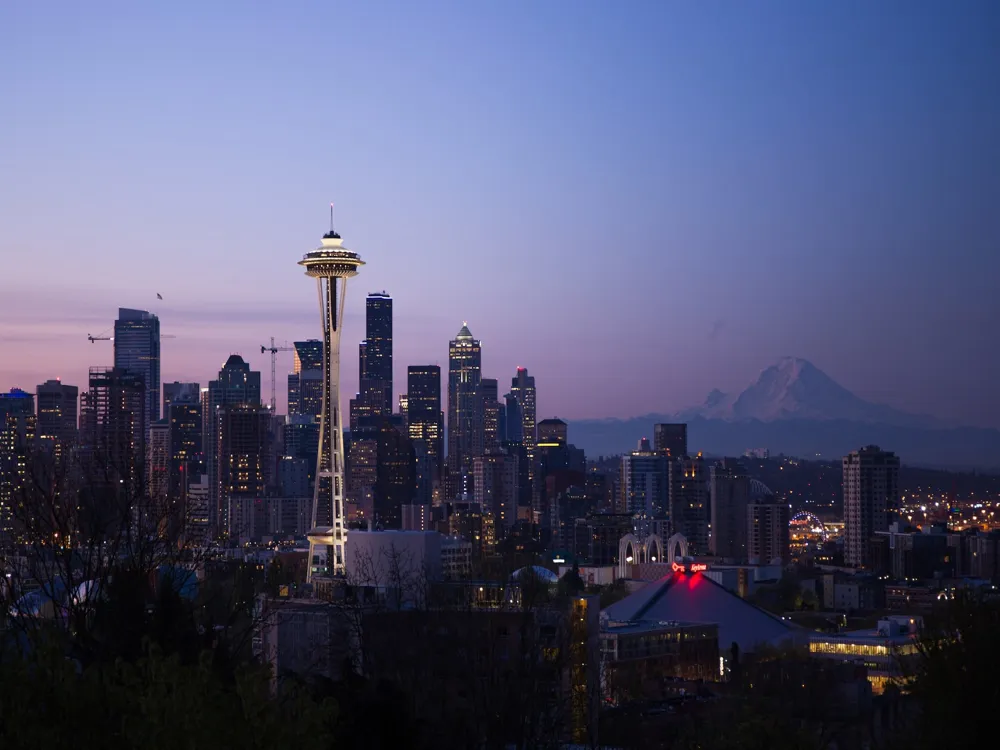Chicago, nestled along the shores of Lake Michigan, is renowned for its vibrant cultural scene, iconic architecture, and significant contributions to music, particularly jazz, blues, and house. As the third-largest city in the United States, Chicago is a melting pot of cultures, offering a rich tapestry of experiences for residents and visitors alike. Its history, shaped by significant events like the Great Chicago Fire of 1871 and the World's Columbian Exposition of 1893, has forged a city that embodies resilience and innovation.
The city's diverse neighborhoods, each with its own unique character and history, offer a plethora of experiences. From the culinary delights of Little Italy and Chinatown to the artistic vibes of Wicker Park and Logan Square, there's no shortage of exploration opportunities. The lakefront, dotted with parks and beaches, provides a scenic backdrop for outdoor activities, while the city's robust network of museums, including the Art Institute of Chicago and the Field Museum, offers a deep dive into art, culture, and natural history.
Chicago is also a hub of economic activity, with a skyline dominated by towering skyscrapers like the Willis Tower and the John Hancock Center. The city's business district, known as The Loop, is the heartbeat of its commercial life, hosting a range of industries from finance to technology. Additionally, Chicago's commitment to public art, as seen in pieces like Cloud Gate (The Bean) and the vibrant murals in Pilsen, adds to the city's dynamic cultural landscape.
Despite its bustling urban environment, Chicago has a strong sense of community, with numerous festivals, markets, and community events reflecting the city's diverse heritage and fostering a sense of belonging. In essence, Chicago is a city that's as rich in history and culture as it is in opportunity and adventure, making it a must-visit destination for anyone seeking a comprehensive urban experience.
Chicago's architecture is a testament to its history and resilience, embodying innovation and beauty. The city is often regarded as the birthplace of the modern skyscraper, with the Home Insurance Building, erected in 1885, heralding a new era in architectural design. This legacy of innovation continued into the 20th and 21st centuries, with architects like Louis Sullivan, Frank Lloyd Wright, Mies van der Rohe, and Jeanne Gang leaving their indelible marks on the city's skyline.
The Great Chicago Fire of 1871, which destroyed much of the city, became a catalyst for architectural renaissance. In the aftermath, visionary architects and planners rebuilt Chicago, laying the foundation for its modern cityscape. The Chicago School of Architecture, characterized by steel-frame construction, large plate-glass window areas, and minimal ornamentation, emerged during this period, influencing urban architecture worldwide.
Art Deco buildings like the Chicago Board of Trade Building and the Palmolive Building showcase the city's embrace of this style in the early 20th century. Post-World War II saw the rise of Modernism, with Mies van der Rohe's minimalist designs, such as the Federal Center and Farnsworth House, becoming iconic. In recent years, postmodern and contemporary designs have further diversified Chicago's architectural landscape, with striking additions like Aqua Tower and The Bean (Cloud Gate) in Millennium Park.
Chicago's architectural significance extends beyond its buildings. The city's urban planning, particularly the Chicago grid system and the extensive public park system, including Grant Park and Lincoln Park, reflects a deep commitment to creating functional and aesthetically pleasing public spaces. Architectural river cruises and walking tours offer visitors and locals alike a chance to explore and understand the stories behind the city's remarkable architectural achievements.
Chicago's weather can be quite varied, with hot summers and cold, snowy winters. The best time to visit is during spring (April to June) or fall (September to October), when temperatures are mild, and the city's parks and gardens are in full bloom or beautifully autumnal. These seasons also offer a range of festivals and events, providing a glimpse into the city's vibrant culture.
Chicago boasts an extensive public transportation system, including buses and the 'L' train, making it easy to navigate the city without a car. Investing in a Ventra card, which can be used on all forms of public transit, is a convenient and cost-effective way to travel. For those who prefer to drive, be aware of parking fees and traffic, particularly during rush hours.
Chicago is a diverse and inclusive city, and respecting its cultural norms is key to an enjoyable visit. Tipping is customary in restaurants, bars, and for services like taxis and haircuts, with 15-20% being standard. Additionally, being mindful of the diverse neighborhoods and their cultural significance enhances the experience of exploring Chicago's rich tapestry.
Like any major city, staying safe in Chicago involves being aware of your surroundings, particularly at night. Stick to well-lit, populated areas, and be cautious when using electronics like smartphones on the street. It's also wise to stay informed about the areas you plan to visit and to keep valuables secure.
Chicago is easily accessible by various modes of transportation. O'Hare International Airport, one of the busiest airports in the world, and Midway International Airport serve both domestic and international flights. The city is also a major hub for the Amtrak train service, with Union Station being a central point for those traveling by rail. For road travelers, numerous interstate highways converge in Chicago, making it a convenient destination for those driving from other parts of the country. Additionally, bus services like Greyhound and Megabus offer an affordable option for reaching the city.
Overview of Chicago, Illinois
Architecture of Chicago
Tips When Visiting Chicago
Best Time to Visit
Transportation Tips
Cultural Etiquette
Safety Tips
How To Reach Chicago
Wolf Lake
Chicago
Illinois
NaN onwards
View chicago Packages
Weather :
Tags : Lake
Location : Hegewisch, Chicago, Illinois; and Hammond, Indiana
Area : 1.256 mi²
Shore length : 24.77 miles
Maximum depth : 5.5 m ( Indiana) 5.6 m ( Illinois)
Common Fish : Crappie, Largemouth, bass, bluegill, yellow perch, northern pike, bluegill, sunfish, walleye, hybrid muskie.
Activities : Boating, Fishing, Hiking, Hunting, Metal detecting, Biking
Planning a Trip? Ask Your Question
Chicago Travel Packages
View All Packages For Chicago
Top Hotel Collections for Chicago

Private Pool

Luxury Hotels

5-Star Hotels

Pet Friendly
Top Hotels Near Chicago
Other Top Ranking Places In Chicago
View All Places To Visit In chicago
View chicago Packages
Weather :
Tags : Lake
Location : Hegewisch, Chicago, Illinois; and Hammond, Indiana
Area : 1.256 mi²
Shore length : 24.77 miles
Maximum depth : 5.5 m ( Indiana) 5.6 m ( Illinois)
Common Fish : Crappie, Largemouth, bass, bluegill, yellow perch, northern pike, bluegill, sunfish, walleye, hybrid muskie.
Activities : Boating, Fishing, Hiking, Hunting, Metal detecting, Biking
Planning a Trip? Ask Your Question
Chicago Travel Packages
View All Packages For Chicago
Top Hotel Collections for Chicago

Private Pool

Luxury Hotels

5-Star Hotels

Pet Friendly







